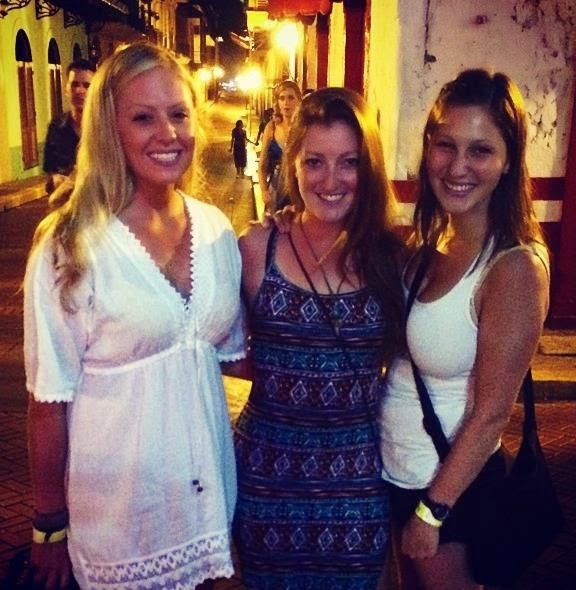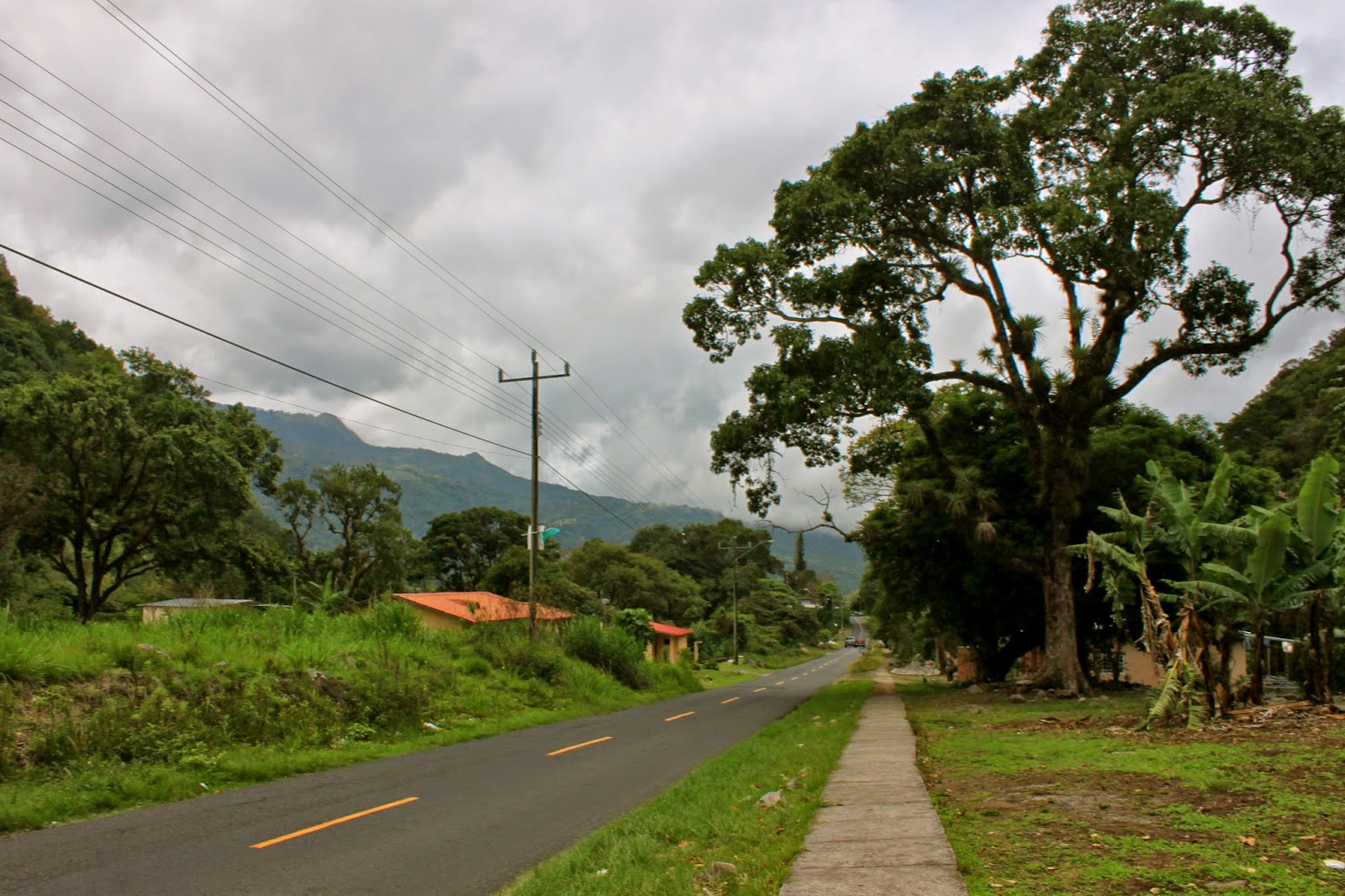The Panama Canal
This year, on August 14th, the Panama Canal celebrated it's 100th anniversary. The canal was finally fully functional in 1914; after tireless years of construction, three different countries owning the territoriy (Columbia, France, and the States), and tens of thousands of lives lost. Initially undertaken by the French in 1881, it was later taken over by the States in 1904.Named one of the 7 wonders of the modern world, the Panama Canal does not disappoint. It stretches 48 miles connecting the Atlantic and Pacific through three different sets of locks that raise and lower the water 85ft. above sea level.
In the distance here you can kind of see the construction of a new set of locks that will be wider. It is aimed to be opened in 2015.
We watched several ships go through in the couple hours we spent here and each time I was amazed at just how massive these ships were!
100 years!
It wasn't the speediest of processes getting the ships through, but for all the work entailed I suppose it didn't take too long either. As the ships entered the locks, machinery on either side, which ran along a track, attached itself to the ships and then pulled and perfectly guided them through the passageway.
We then had the incredible opportunity to help drive a ship through the Miraflores locks!
Alright, just kidding, we didn't actually drive though the canal. I posted this picture on Facebook and I think a few people fell for it :) There was a simulator in a museum at the canal.
Panama City
 It's very interesting to stand between the two very visibly different parts of Panama City. To your left you have the very sleek and modern area of the city, and to your right, the colorful and colonial Casco Viejo.
It's very interesting to stand between the two very visibly different parts of Panama City. To your left you have the very sleek and modern area of the city, and to your right, the colorful and colonial Casco Viejo.
Casco Viejo was actually built after the original city was ransacked, destroyed, and set ablaze by the pirate known as Henry Morgan in 1671. The original city's ruins still stand and are a popular tourist destination known as Panamá Viejo.
Exploring with our friend Eoin, from Ireland, who we were roommates with back in Bocas del Toro.

The streets in front of our hostel, Luna's Castle...
...and the area behind our hostel.
There are many disparities while walking around in Casco Viejo. The area is undergoing many redevelopments supported by both the government and private sectors, so while in one place you may look up to see a beautiful, pristine, and quite ritzy looking building, take a few more steps and you face a dilapidated facade with nothing inside but empty space and rubble.
Strolling through this area of the city is so enjoyable. Especially at night when the day's heat and humidity die down a bit. Marly, Melissa and I would walk around, enjoying the night's balmy climate and breeze, passing through plazas surrounded by restaurants that had tables and candles set out. It all felt very european.
Other parts of the city reminded me of New Orleans. Casco Viejo features many architectural styles, from Spanish colonial buildings to French townhouses that were built during the construction of the canal.
Parque Santa Ana
I love not only the existence of the many parks and plazas that fill the cities of Central America, but also how they're such a popular hangout and gathering spot for everyone. Walking through, you see lots of chatting, old men playing cards or chess, ice cream vendors wheeling around with their carts, ringing their bell, and lots of people simply sitting, watching, taking it all in.
Melissa has a friend from MSU, Eduardo, who is from Panama City. We were able to meet up and hang out with Eduardo and his friend, Francisco, who were great guides and great friends to hang out with during our time here. One day, we climbed Ancon Hill and had a great view of the whole city.
Casco Viejo and a bit of the skyline, as well as "el puente marino" or the marine bridge that wraps around Casco Viejo through the ocean.

We had such a good time with these guys! They drove us around, showing us different parts of the city, took us to their office, had another friend cook for us, and even stood by as we excitedly scoured stores in the mall for clothes. Thanks guys, you made our visit to Panama City so much more enjoyable! And a hell of a lot funnier!
Meat market
Not too far from our hostel was an incredible seafood market! We walked around checking out all the goods and deciding what sort of seafood creation we could concoct for dinner that night.
Tuna steak anyone?
We ended up having fresh lobster tail (and a bowl full of garlic butter, of course) as well as some giant prawns for dinner. Everything was so fresh and delicious, and CHEAP.
The ever so lovely and hilarious Marly was leaving us and returning home to Chicago. We had a fancy night out to say goodbye and to celebrate the amazing time we had.
Marly and I worked together at a school in Chicago and became instant friends and I'm SO happy she was able to come down and travel with us for a few weeks. Thankfully with FaceTime we can still all talk and "hang out" and crack up together. We miss you Marly Girl!!! Also, big congrats to Marly, newly hired Chicago Public School teacher! Love you mudge!
This was Melissa and I's last stop before heading to South America. We said goodbye to Marly, and then had a couple days to prepare for our sailing trip to Columbia. The day before, we switched hostels, organized all our stuff, stocked up on plenty of rum, tequila, vodka, and peanut butter (obvious boat essentials), had a lost passport scare (it was found), got a couple hours sleep, and were then picked up bright and early to be taken to the launch point for the Independence!












































































